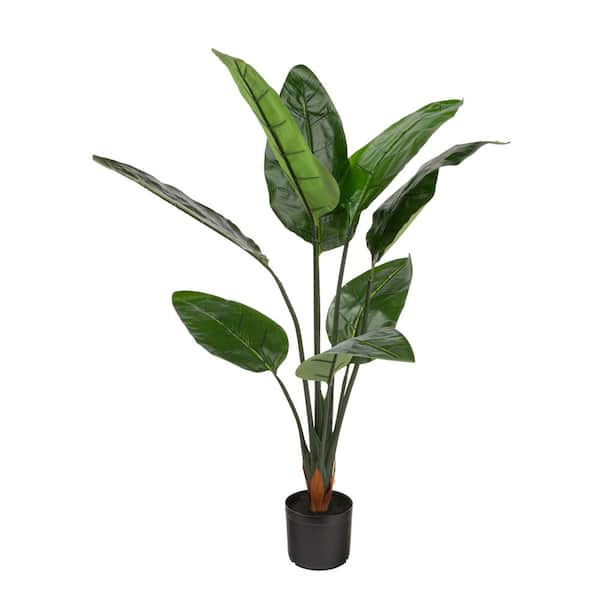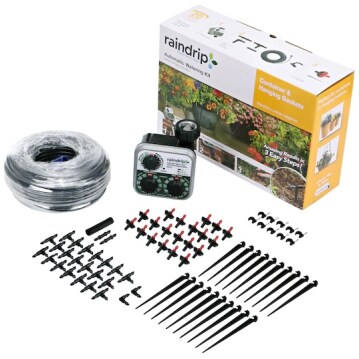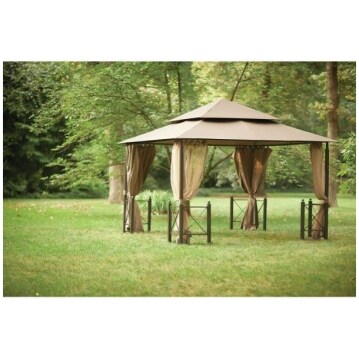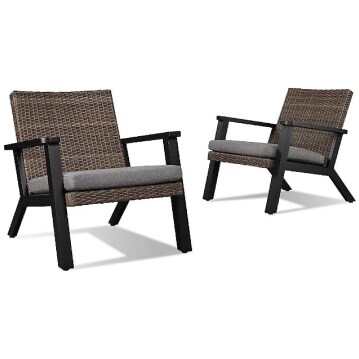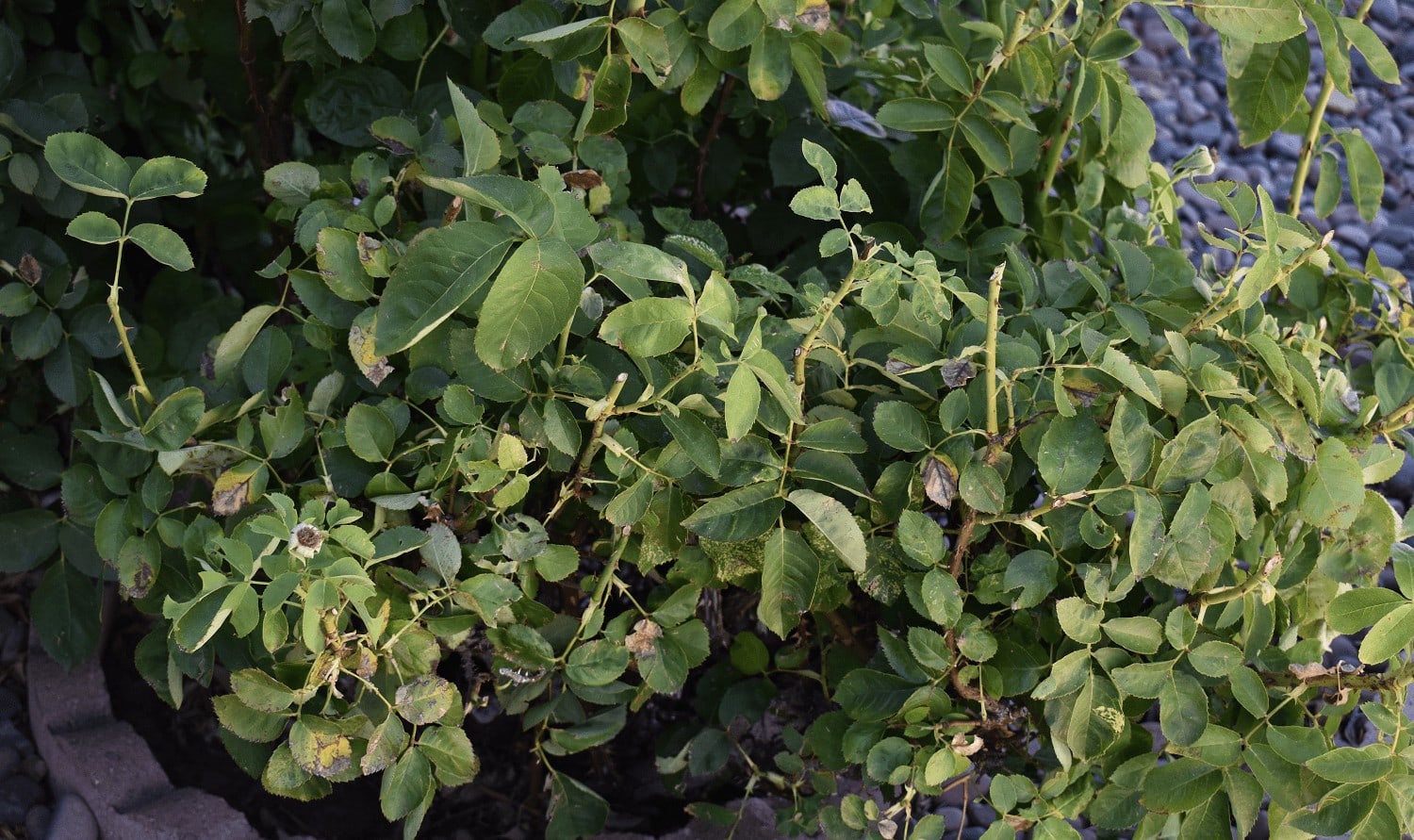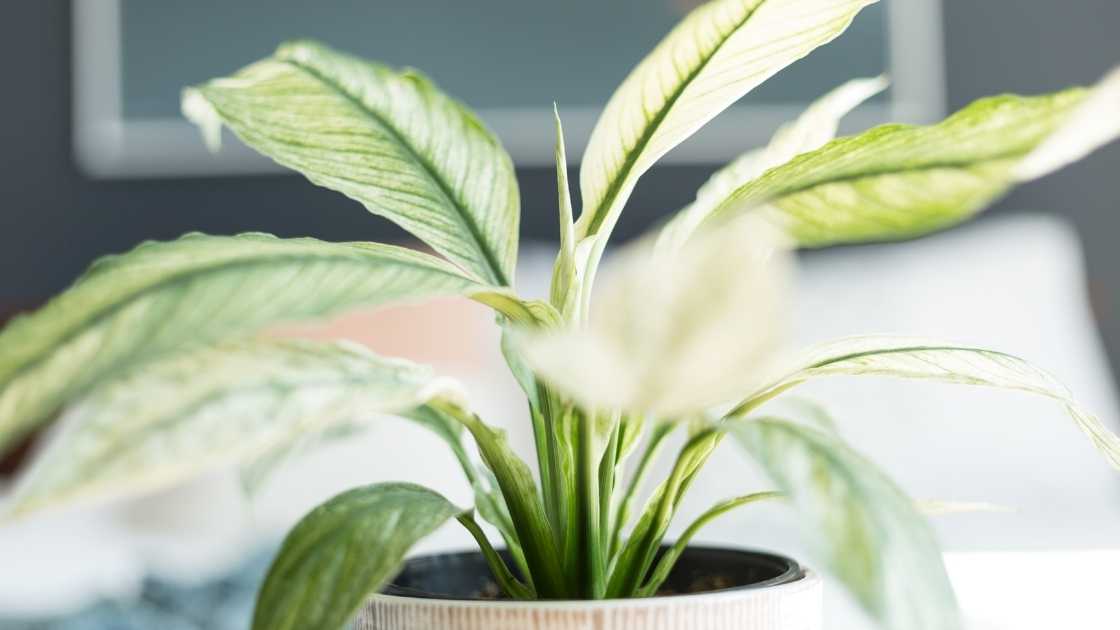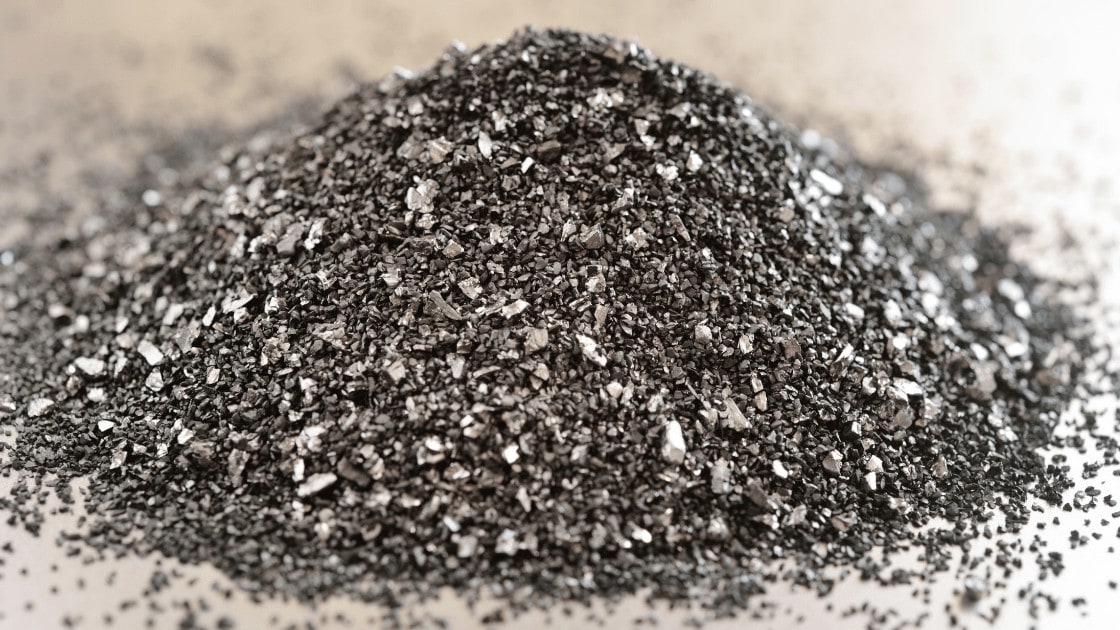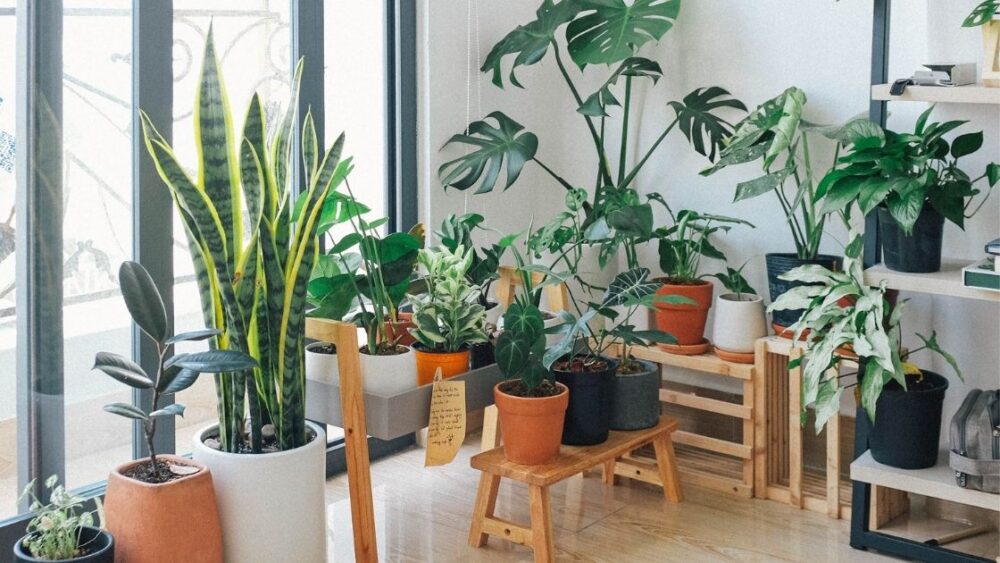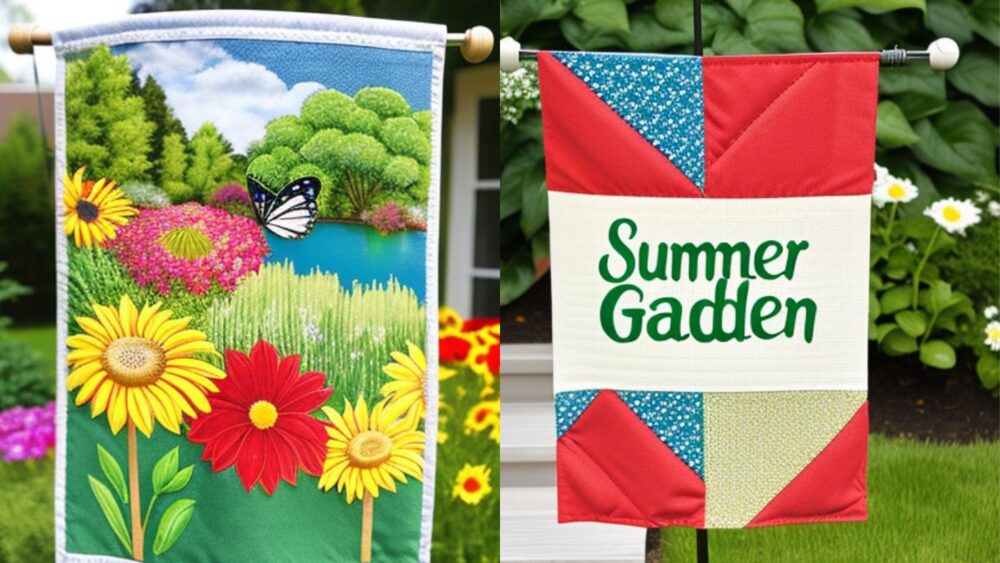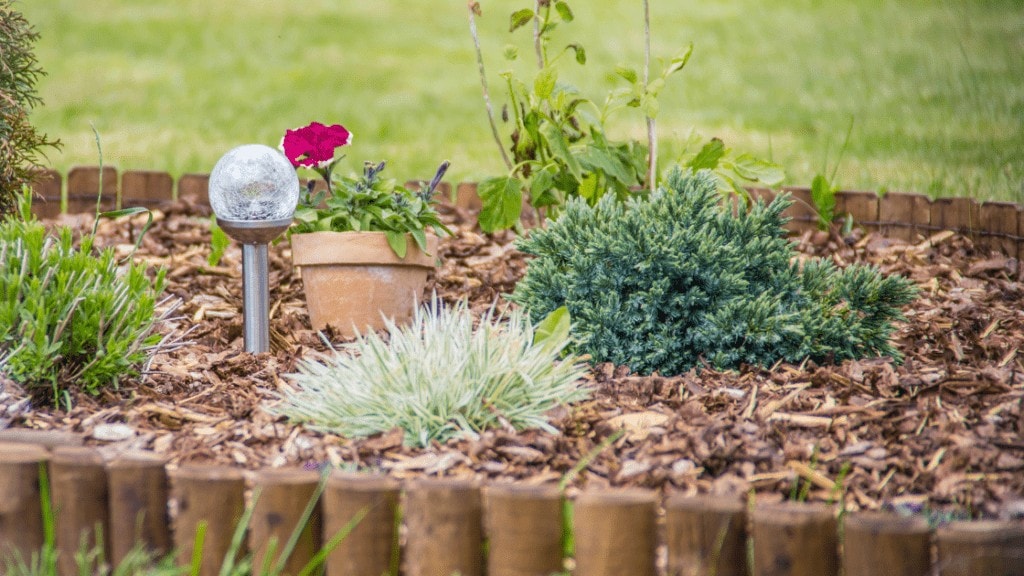
Since mulch layers usually consist of organic materials, they eventually start breaking down and turn into fresh compost, allowing the seeds of weeds to germinate in the warmth it generates. This is where you can weed them out, or simply replace and add. In general, replacing mulch is done once a year for fresh look since mulch is subject to weathering
In this article, we’ll take a look at how to deal with this problem and how to prevent it from happening in the first place. We’ll also explore the other reasons why a mulch layer may need replacement. Often, a new mulch layer can just be added on top of the old one, which is much easier.
What Does a Mulch Layer Do And How Does It Work?
A mulch layer acts like a barrier on top of the soil. It’s coarse enough to allow aeration of the soil underneath, but it greatly slows down the evaporation of water from the soil surface.
Browse our Affiliate Products
Soil particles are tiny and stacked close to one another, allowing the top layer of the soil to ‘suck up’ moisture from the bottom layers as soon as it dries up a bit. Mulch on the other hand, consists of large leaves, wood chips or other materials, which prevent it from acting like a sponge. As a result, the top layer of the mulch dries up, acts as a ‘lid’ and does not pull anymore moisture form the soil.
Likewise, by not maintaining your lawn and grass area certain issues arise. For more information check out our article here. What Can Possibly Happen if you don’t Cut Your Grass?
Does Mulch Prevent or Promote Weed Growth?
It’s commonly mentioned that mulch layers prevent the growth of weeds. However, this applies only to mulch layers that are thicker than around 2 inches. Layers as thin as half an inch will still prevent a lot of the water loss, but they will do little to control weeds. Weed seeds are tiny and are readily carried around by winds, allowing them to reach your garden.
Once this happens, the mechanism through which mulch prevents the growth of those weed seeds is two-fold:
- The top of the mulch layer doesn’t provide much moisture and quickly dries up after watering. As a result, the seeds that get stuck on the mulch surface germinate after watering, but then quickly die before the next watering due to the long drought period.
- Weed seeds that fall through the mulch layer and reach the soil don’t have enough stored energy to allow the seedling to penetrate the mulch layer and they die before they reach for sunlight. However, if your mulch layer is very thin the weeds will still be able to penetrate it. For effective control of weeds, mulch layers should be up to 3 inches thick. Very ‘airy’ mulch materials, like dead tree leaves are the most suitable for this purpose, because they are lightweight and a good thickness can be achieved with little material.
As you can see, we have two options for effectively controlling weed growth in mulch layers –
1) make the layer very thick with a weed barrier or,
2) manually inspect and remove any weeds you notice. Unless you have a very large garden, the second option isn’t usually difficult – weeds take a long time to get established and performing deweeding even once per month can be enough to effectively control them. Very thin mulch layers may actually promote the growth of weeds by increasing the moisture in the top level of the soil.
Are Excessive Weeds a Reason to Replace Your Mulch Layer?
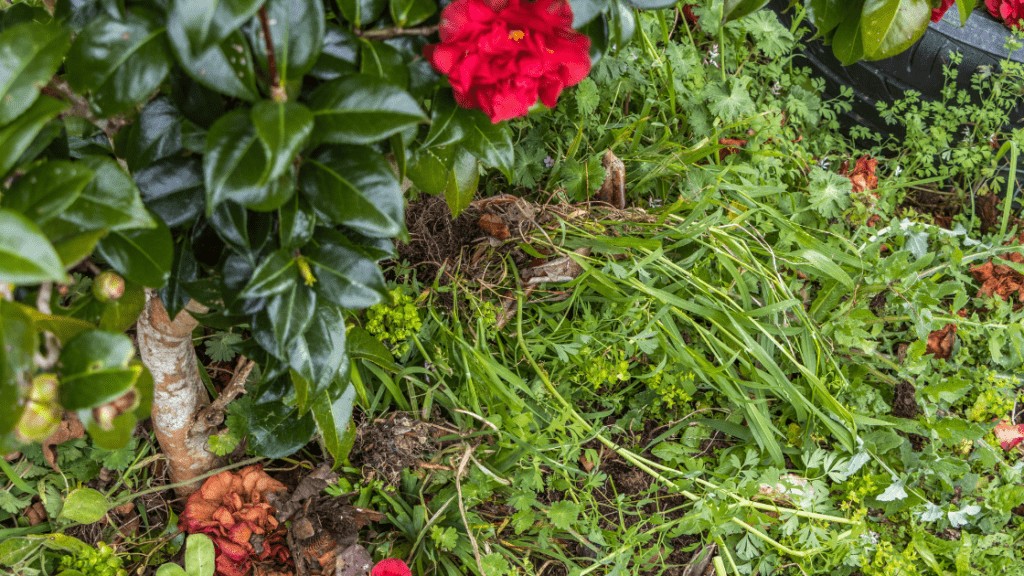
Weeds are not usually a reason to replace your mulch layer and replacing it will do little to solve the problem, unless you make the new layer much thicker than before. In that case, the previous layer doesn’t usually need to be removed and new mulch can be applied right on top of the old one. However, this should only be done with highly compostable mulch materials, like grass clippings or tree leaves.
Wood chips take a long time to decompose and you may want to remove the old layer before applying a new one. This is very dependent on the particular bio-diversity in your garden and the climate – some beneficial soil fungi can very quickly degrade wood chips as well.
If you notice an excessive amount of weeds growing, this usually comes from a nearby weed plant depositing its seeds in your garden. Finding those plants and removing them (or just cutting off their flowers and seed pods) can be an effective way to prevent future weed growth.
Of course, this won’t be effective with weeds that have long-traveling seeds carried by the wind, like dandelions. Ultimately, the best way to control weeds is to simply perform a monthly weed check and uproot any you see. Those invaders can then be added to a compost pile and used as a fertilizer in the future. If you want to effectively use the mulch layer to completely prevent the growth of weeds, a layer that is 3-inches thick works best.
This is usually a good option only if you have an easy access to a lot of dead tree leaves from nearby trees. Otherwise, manually maintaining your garden and performing a monthly weed check will probably a better alternative.
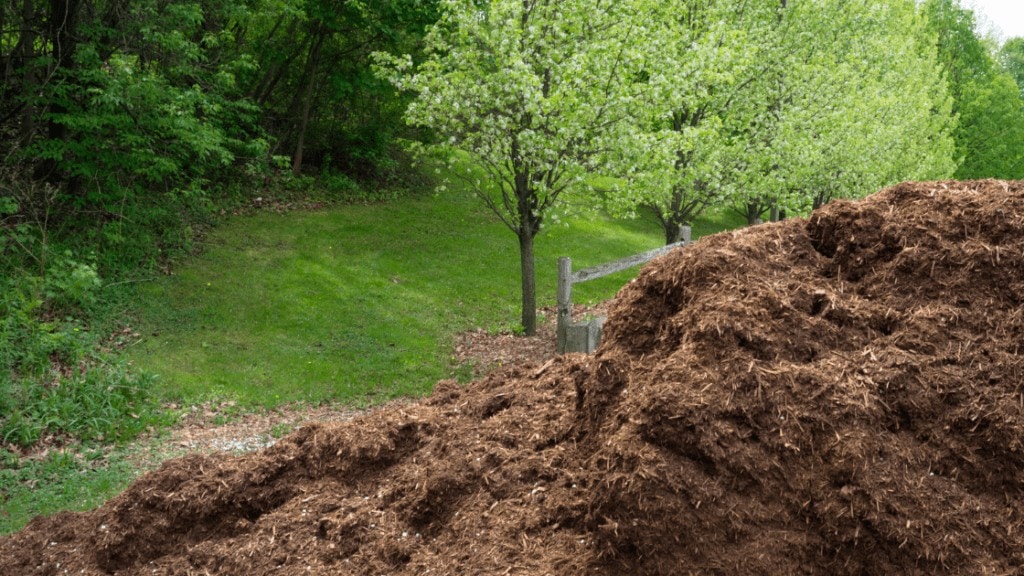
Additionally, many places give away free mulch, but has a downside. Since it is free, the mulch produced usually comes from green waste collected from different areas and companies which can carry many different seeds and weeds that are undesirable. Always ask before you place, or buy from a reputable company that make mulch especially for planters and planted areas. This saves a lot of time and money down the road.
When Should You Replace Your Mulch Layer and What Can Happen If You Don’t?
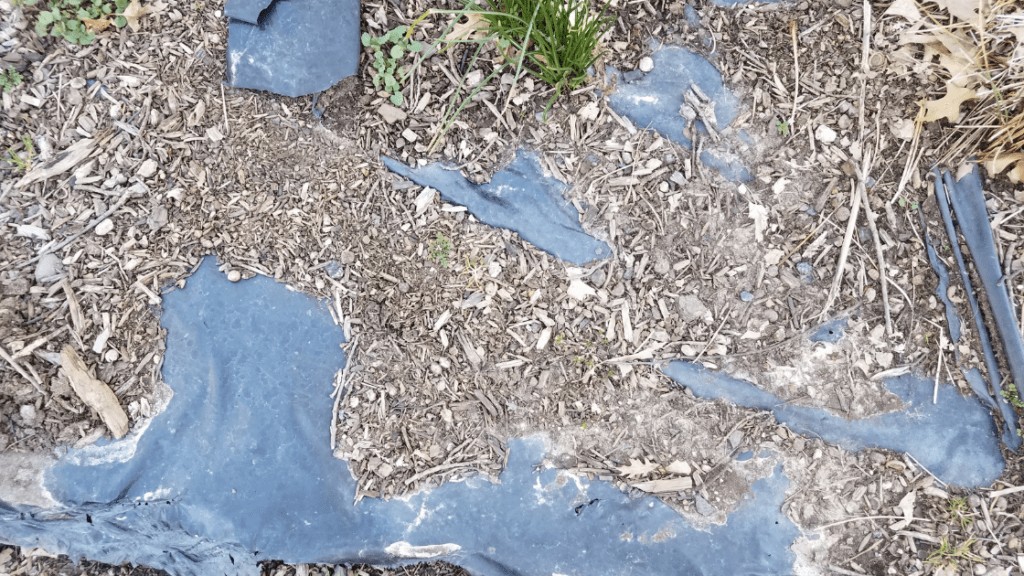
Generally, mulch layers are replaced or replenished every year, depending on how fast they decompose. In reality, nothing disastrous can happen from not replacing your mulch layer – over time, it will simply stop doing its job properly and will stop preventing the water loss form the soil.
Mulch layers will invariably get invaded by fungal decomposes, which ‘connect’ the particles of the mulch together by forming mycelial networks. Once that happens, the fungal network will readily transport water to the top layer of the mulch, allowing water to evaporate and negating all the benefits of the mulch. This process slowly turns the mulch layer into nutritious compost, allowing weeds to get established easier.
Determining if your mulch layer needs replacement is easily done by inspecting it and looking at how much moisture the top of the layer holds. Mulch layers created from dead tree leaves will get slimy and will start retaining a lot of moisture. They will stop drying out quickly, will get discolored and the layer will take on a characteristic soil or mushroom-like smell when you crush it between your fingers.
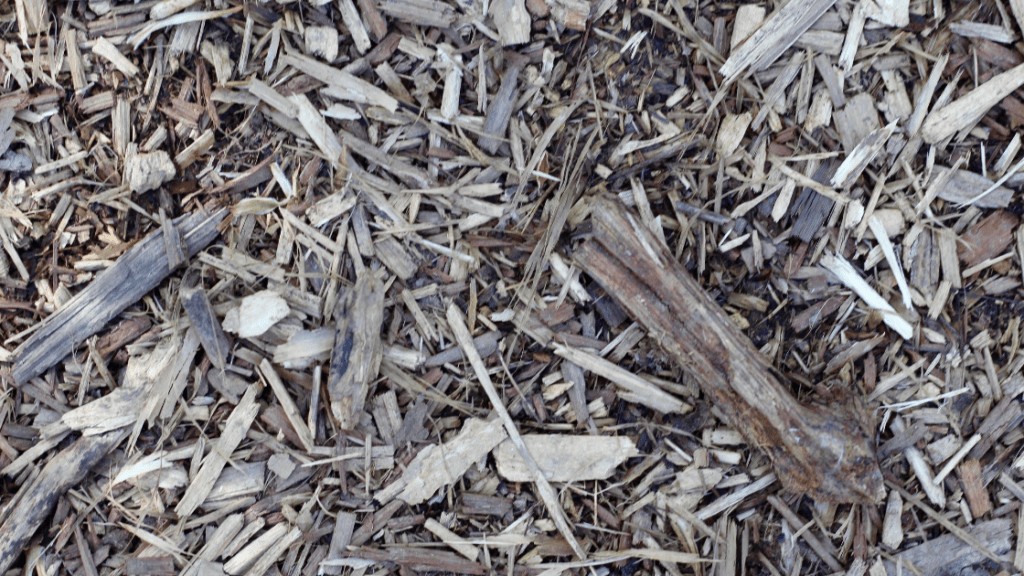
Furthermore, since mulch is subjected to the weather day and night, after a while, it turns a greyish color losing the appeal of freshness when first placed. This is when many choose to either turn the mulch by hand, or replace and add.
Final Thoughts
Mulch layers work great for reducing the water usage in a garden and even thin layers enable you to water at least 2 times less frequently. However, for the mulch layer to suppress weed growth, it usually has to be at least 2 to 3 inches thick.
Manually removing the unwanted weeds may be a much more cost-effective option than relying on the mulch layer for weed-control. Replacing the mulch layer is best done every year, but in most cases, the old layer doesn’t need to be removed before applying a new one, especially if compostable materials like grass clippings are used.
